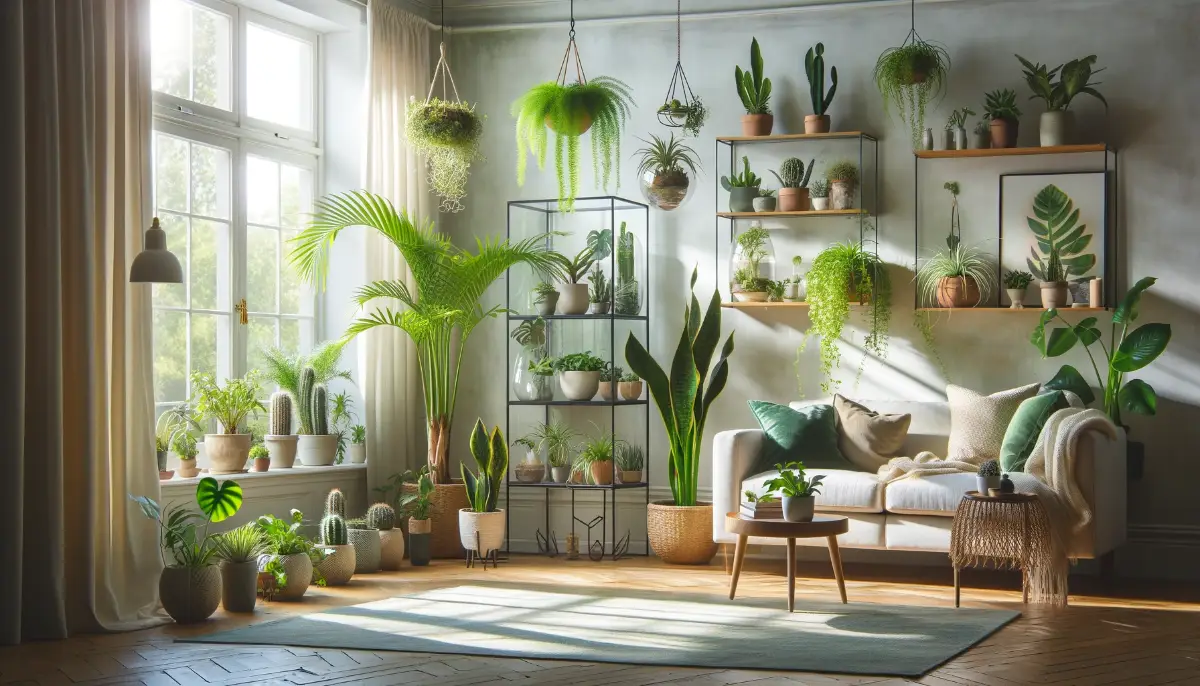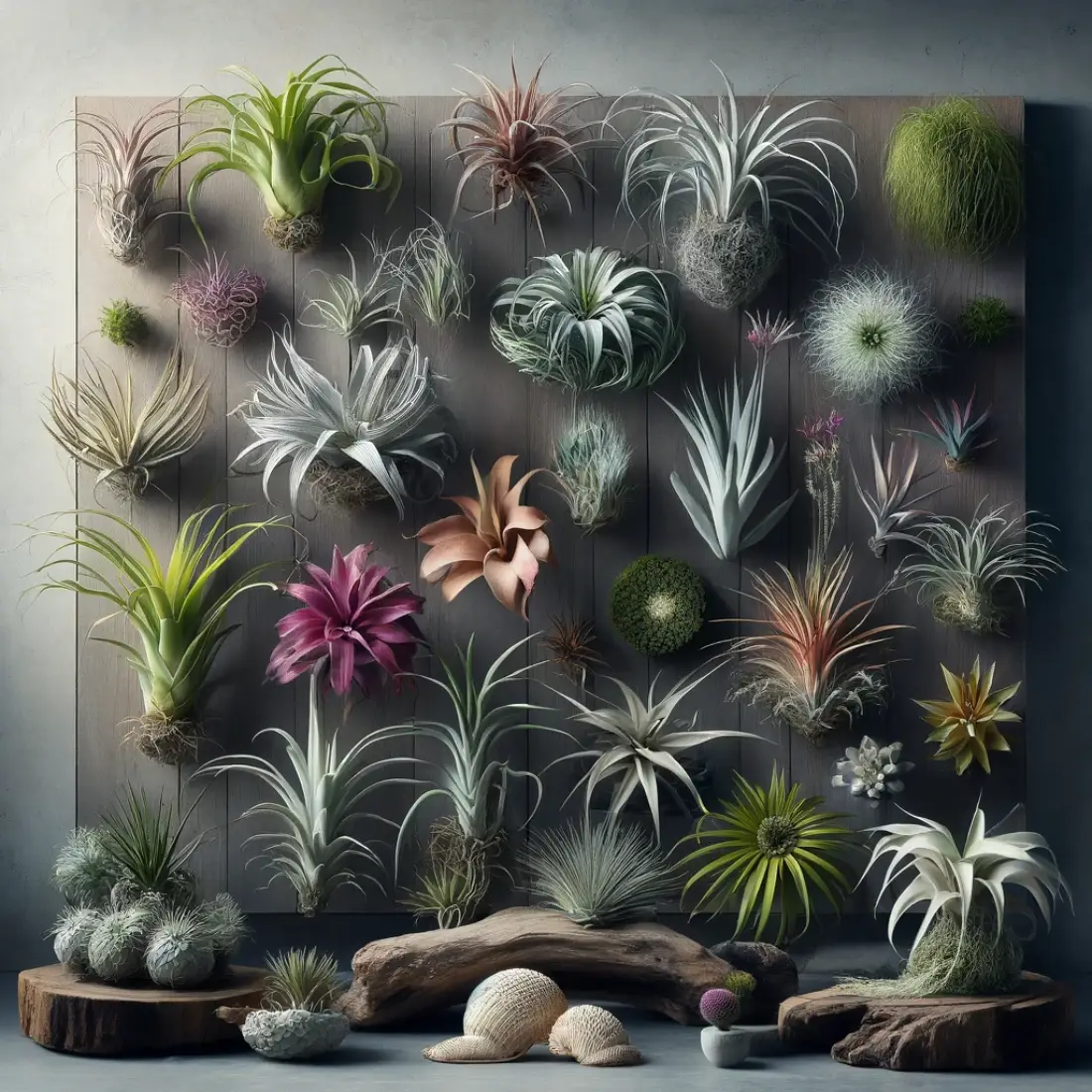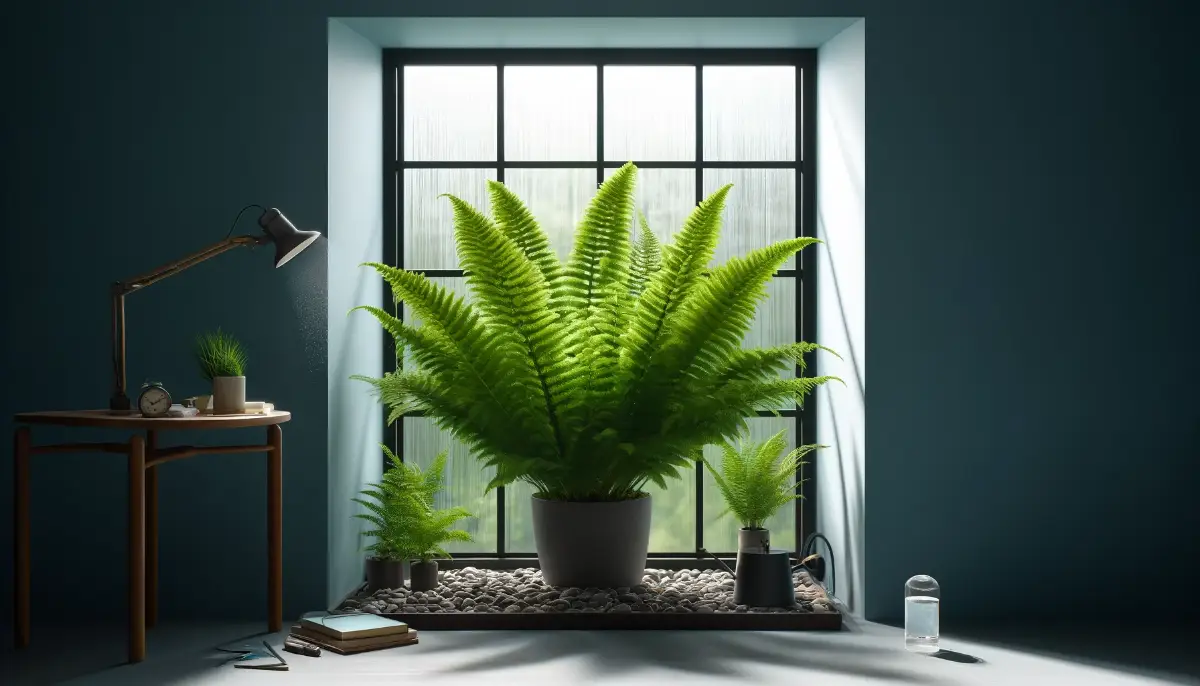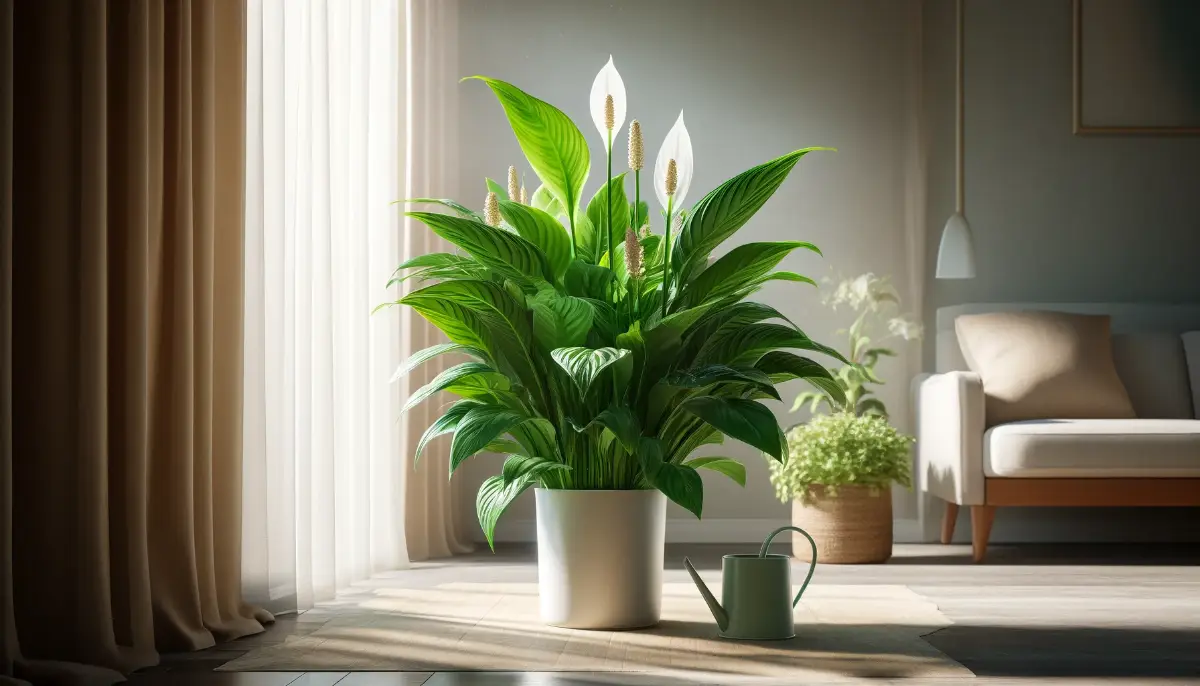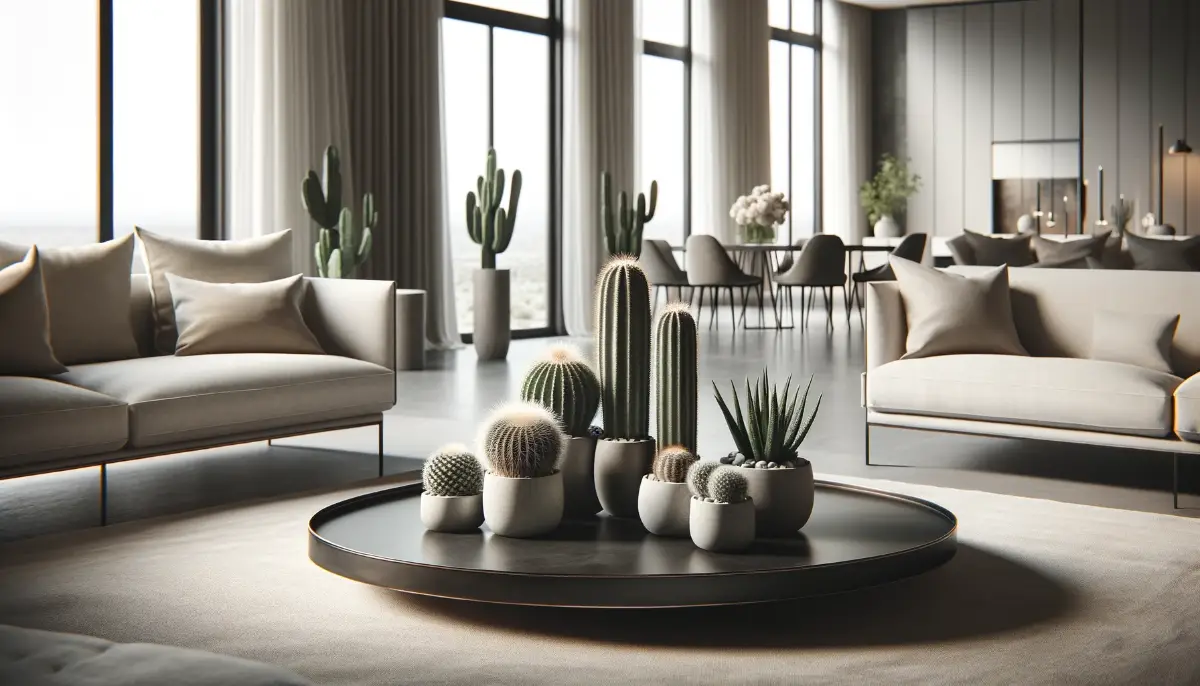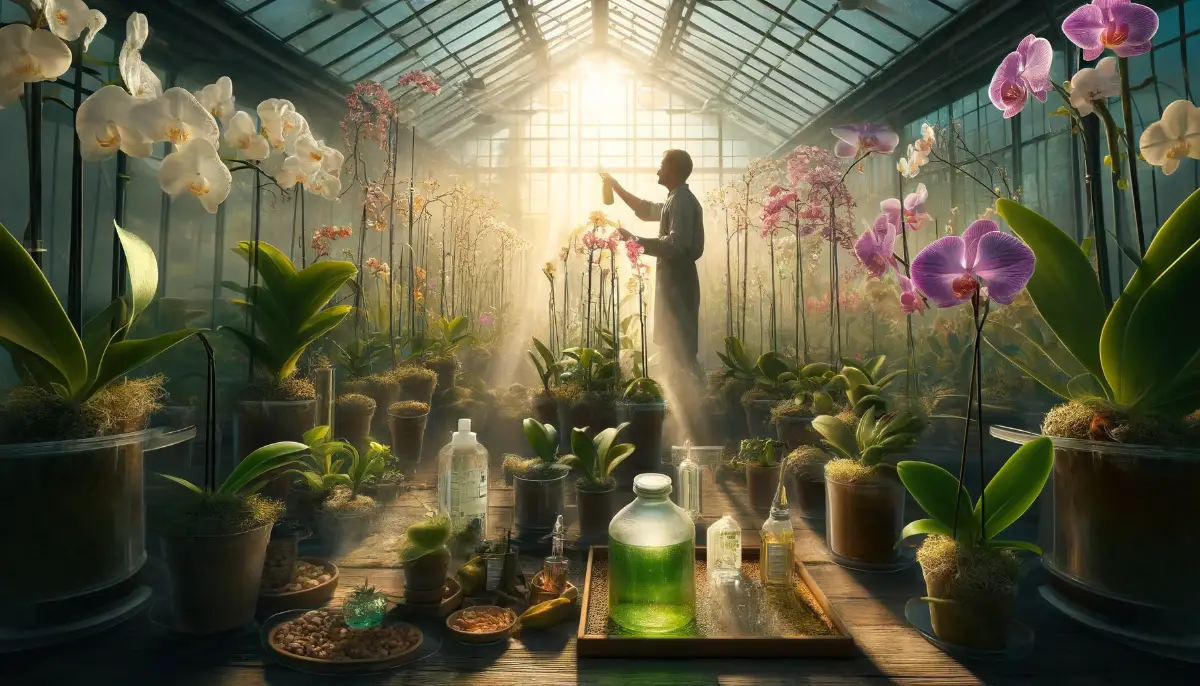Indoor humidity can be uncomfortable, making your home feel stuffy and damp. Did you know that certain indoor plants can naturally absorb excess moisture, helping to reduce humidity levels and improve air quality? That’s right—these humidity-fighting plants not only enhance your decor but also create a fresher, more comfortable living environment.
The Science Behind Plants and Humidity Reduction
Ever noticed how a plant can survive weeks without water? That’s because they’ve got a neat trick up their sleeves – or leaves, should I say. It’s called transpiration, a process where plants take in water through their roots and then release moisture through tiny pores in their leaves.
This not only helps the plant stay hydrated but also pulls excess water from the air, making them natural dehumidifiers. So, when you’re sweating buckets in your living room, your plant is quietly doing its part to cool things down.
Best Plants for Reducing Indoor Humidity
Bamboo Palm: This elegant plant loves warm, humid conditions and doesn’t ask for much, just a bit of moist soil. It’s perfect for giving your kitchen, bathroom, or bedroom a cool, relaxed vibe while it works its magic on the air.
Tillandsia (Air Plant): These quirky plants don’t even need soil – they get everything they need from the air, including moisture. Just give them a sunny spot and watch them thrive while they help keep your air comfortably dry.
Spider Plant: A popular choice for its ease of care and humidity-absorbing prowess. It’s happy in humid conditions but won’t throw a fit if the air is a bit drier. Plus, they’re great at sprucing up the place with their lush, green leaves.
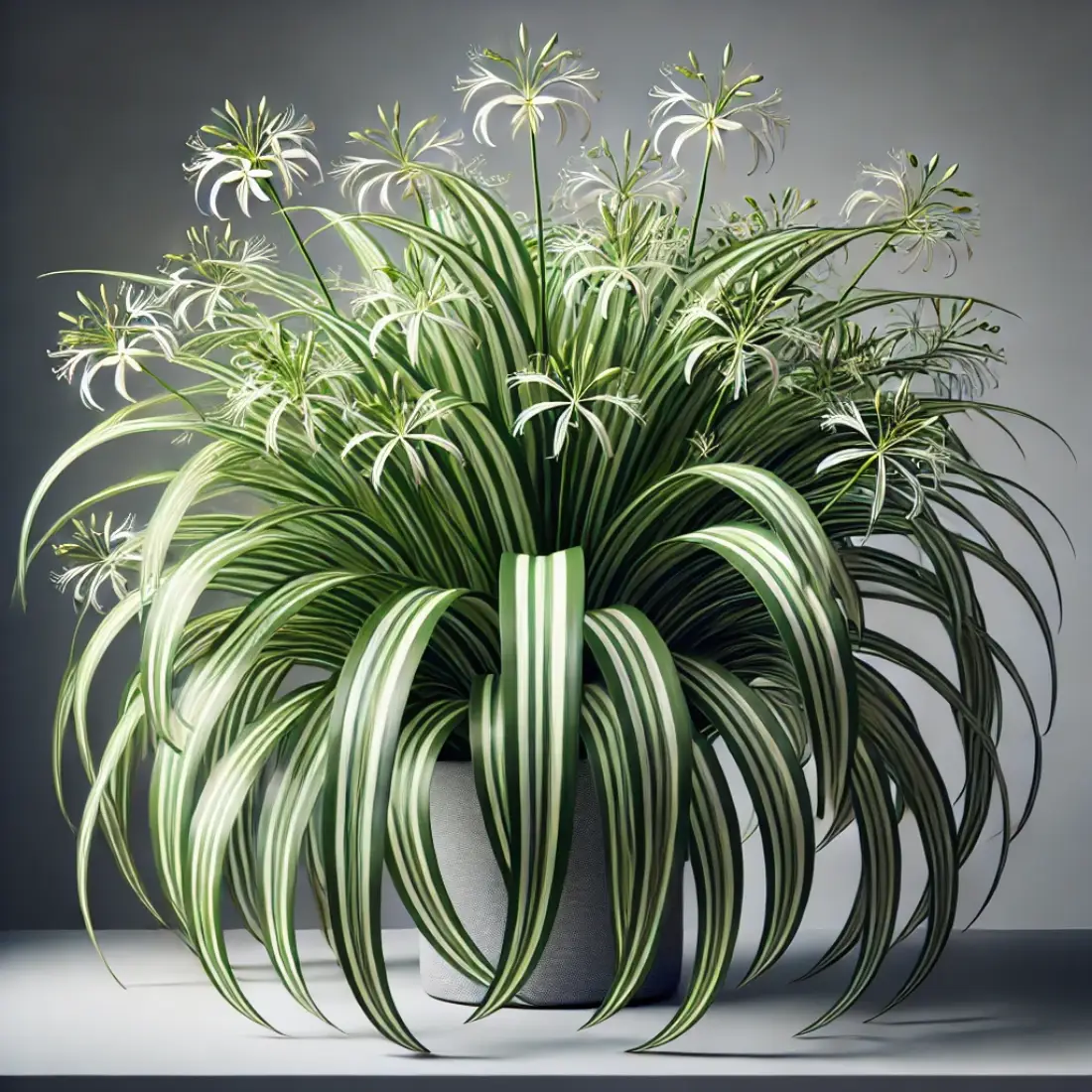
Boston Fern: Known for its love of damp environments and ability to smooth out the air’s moisture levels. It’s a bit like having a natural humidistat in your home, making sure things stay balanced and comfortable.
Snake Plant: Also known as the “can’t-kill-it” plant, this hardy green guy thrives in just about any light condition and doesn’t need much water. Its ability to reduce humidity is just another reason to love this low-maintenance plant.
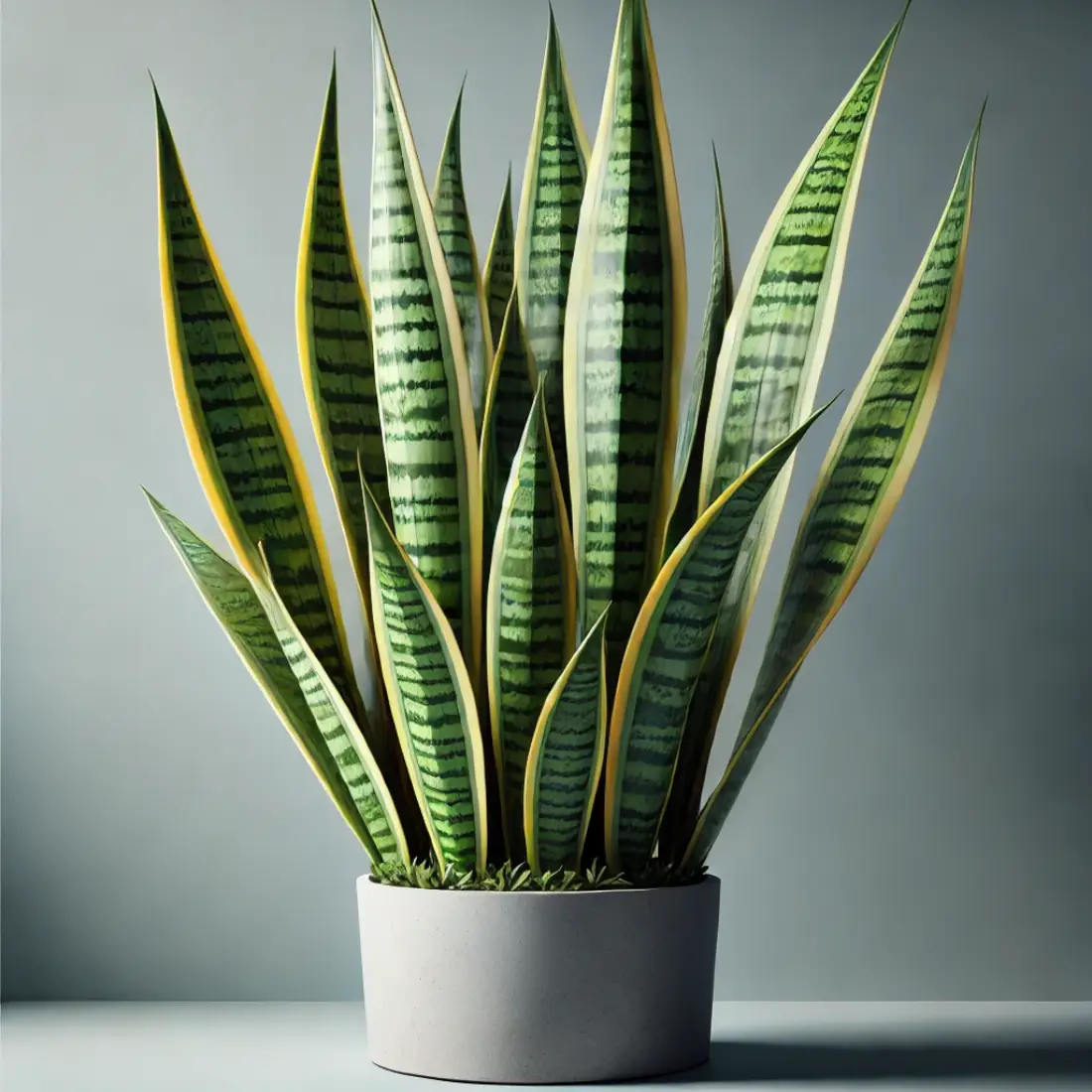
Peace Lilies: These beauties do more than just look pretty. With their large leaves, they’re efficient at pulling moisture from the air. Plus, they help purify the air by removing harmful toxins, making them a great addition to any room.
Cacti: While cacti may seem like an odd choice for humidity control due to their desert origins, they’re actually quite efficient at absorbing moisture when it’s available. Their low maintenance makes them perfect for travelers or those not blessed with a green thumb.
Orchids: These elegant beauties are accustomed to drawing moisture from the air in their natural habitat, making them excellent for indoor humidity control. However, they do require a bit more care and attention, especially to prevent overwatering.
Cast Iron Plant: True to its name, this plant is tough and can thrive in low light, making it ideal for rooms that don’t get much sunlight. Its large, dark green leaves are excellent at absorbing moisture.
Pothos: Known for its trailing vines and glossy leaves, pothos is a champion at loving extra humidity, making it perfect for bathrooms or kitchens. It’s also incredibly forgiving and easy to care for.
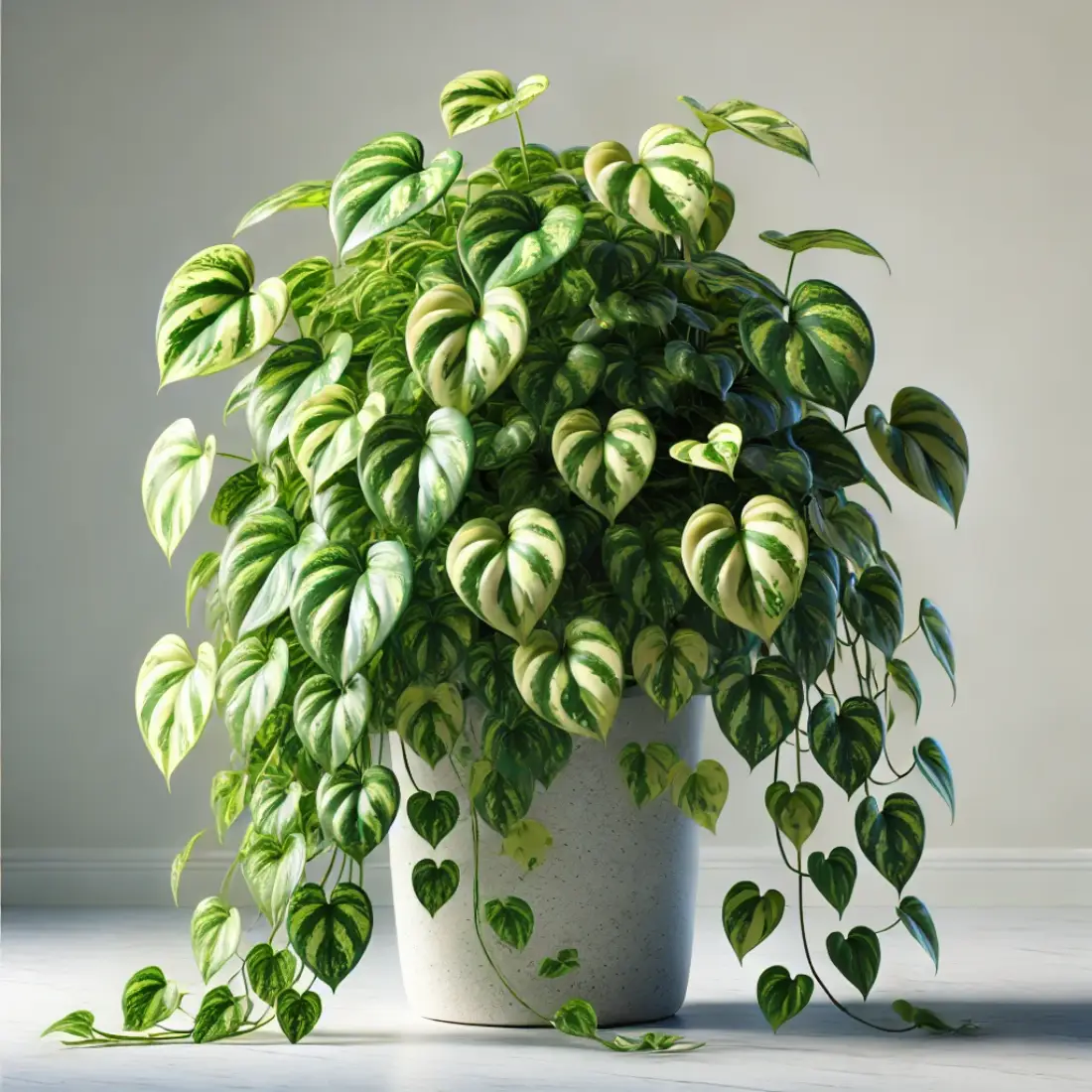
Care Tips for Your Humidity Fighters
To ensure your humidity-fighting plants thrive and effectively reduce the moisture in your home, follow these tailored care tips. These recommendations draw from a variety of sources and best practices for plant care:
Optimal Lighting Conditions
- Direct vs. Indirect Light: Determine if your plant thrives in direct sunlight, such as cacti, or prefers indirect light, like peace lilies and pothos. Place your plants near windows or areas where they’ll receive their ideal lighting conditions to promote healthy growth.
- Low-Light Tolerance: For plants like the snake plant and cast iron plant, low light is sufficient. These can be placed in rooms with fewer windows or further away from natural light sources.
Proper Watering Techniques
- Avoid Overwatering: Overwatering is a common issue that can lead to root rot. Ensure the topsoil is dry to the touch before watering again. Plants like the snake plant and cacti require less frequent watering than others.
- Humidity Preferences: Some plants, such as orchids and ferns, enjoy occasional misting to mimic their natural humid environments. This is especially helpful in dry climates or during winter when indoor air tends to be drier.
Temperature and Air Circulation
- Consistent Temperatures: Most indoor plants prefer stable temperatures that range from 65 to 75 degrees Fahrenheit during the day and slightly cooler at night. Avoid placing plants near drafty windows or heating vents.
- Good Air Circulation: Ensure your plants are placed in areas where air can circulate freely around them. Good air circulation helps prevent disease and supports transpiration, which is essential for humidity control.
Soil and Repotting
- Well-Draining Soil: Use a well-draining potting mix to prevent water from accumulating at the bottom of the pot, which can harm the plant’s roots.
- Repotting: As your plants grow, they may become pot-bound. Moving them to a slightly larger pot helps promote growth and maintain their health. This is particularly important for fast-growing plants.
Fertilizing
- Regular Feeding: During the growing season (spring and summer), most plants will benefit from regular fertilization. Use a balanced, water-soluble fertilizer to provide essential nutrients. However, be cautious with the amount and frequency, as over-fertilizing can harm your plants.
Pest and Disease Management
- Regular Inspection: Check your plants regularly for signs of pests or disease. Early detection is key to managing issues before they become severe.
- Natural Remedies and Treatments: If you do encounter pests, consider using natural remedies like neem oil or insecticidal soap to treat the problem without harming your plant or the environment.
By following these care tips, you’ll not only enhance the ability of your plants to reduce humidity in your home but also ensure they remain healthy and vibrant additions to your indoor spaces. Remember, the key to successful plant care is understanding and meeting the specific needs of each plant species.

Air-Purifying Indoor Plants
FAQs About Reducing Humidity with Plants
Can indoor plants significantly reduce humidity levels?
Yes, certain indoor plants can absorb moisture from the air through a process called transpiration, helping to reduce indoor humidity levels to some extent.
Which plants are best for reducing indoor humidity?
Plants like Boston Ferns, Peace Lilies, Spider Plants, and Tillandsias (Air Plants) are known for their ability to absorb moisture from the air, making them good options for reducing humidity.
How do plants reduce humidity?
Plants reduce humidity through transpiration, where they absorb water through their roots and release moisture through pores in their leaves, thus pulling excess moisture from the air.
Where should I place humidity-reducing plants in my home?
Humidity-reducing plants should be placed in areas where humidity levels are high, such as bathrooms, kitchens, or near laundry areas, where they can absorb moisture effectively.
How many plants do I need to effectively reduce humidity in a room?
The number of plants needed can vary based on the size of the room and the humidity level. As a general rule, having several plants together will be more effective than just one or two.
Can reducing humidity with plants improve air quality?
Yes, besides reducing humidity, plants can improve indoor air quality by absorbing toxins and producing oxygen, thus contributing to a healthier indoor environment.
Do all plants help reduce humidity?
Not all plants have the same ability to absorb moisture. Some plants, especially those native to dry climates, might not be as effective in reducing humidity as those adapted to more humid environments.
Are there any plants that should be avoided for humidity control?
Plants that require a lot of watering or prefer dry conditions might not be as effective in reducing humidity. It’s best to choose plants known for their moisture-absorbing capabilities.

